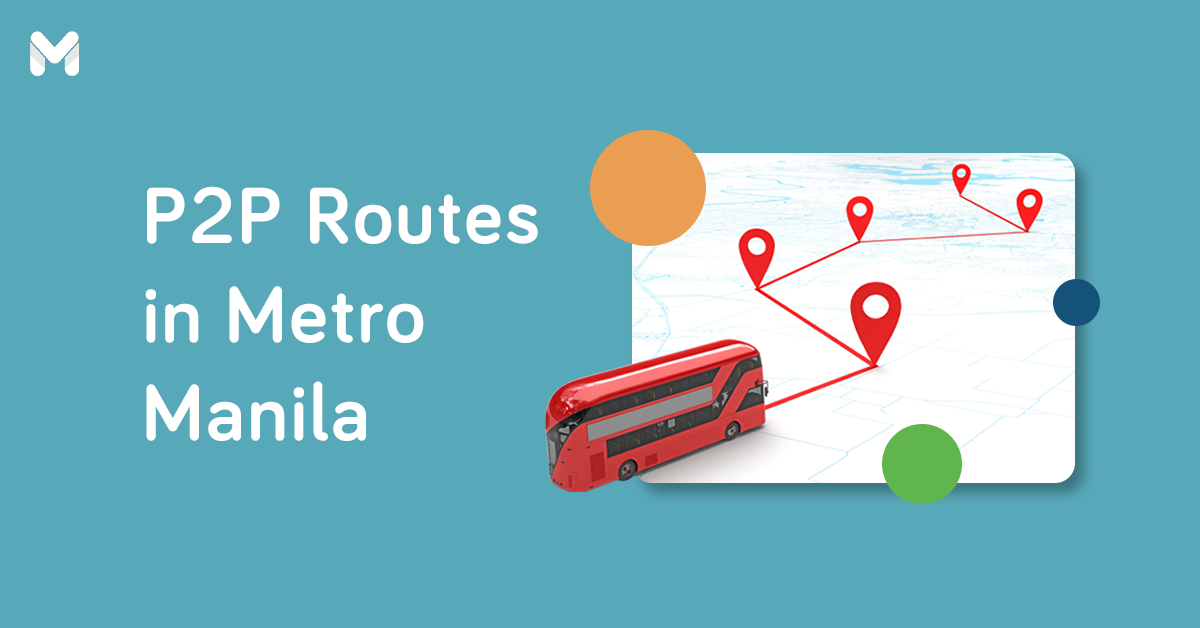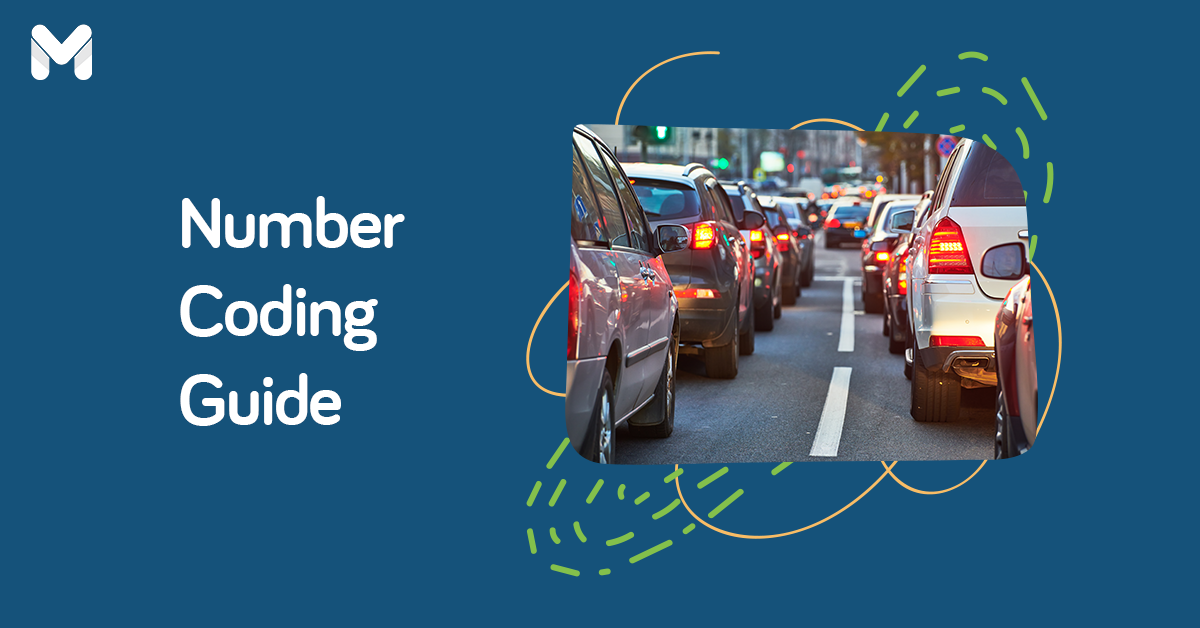Metro Manila has the worst traffic in the world. The results are based on the 2015 Global Driver Satisfaction Index (GDSI) conducted by Waze, the world’s largest traffic and navigation app. According to the study, Metro Manila’s average commute time lasts about 45.5 minutes, the longest in the world; and what’s more, commuters can expect the travel time to last much longer during torrential rains.
The usual 15-minute travel time from Pasay to Makati could last up to two hours during heavy downpours accompanied by rush hour. With this, hours that could have been used for something more productive are wasted when commuters are stuck in an unmoving gridlock. According to Felino A. Palafox, a founder of the Philippine chapter of The International Real Estate Federation, Filipinos spend an average of 1,000 hours per year on the road due to traffic. That is 700 hours more than what residents from better-developed countries experience.
You can just imagine how much money is wasted because of the horrendous Metro Manila traffic. Look no further; MoneyMax.ph crunched the numbers for you, so just how much are you losing because of traffic?
Cost of Gas
What is usually a 15-minute drive can turn into two hours thanks to traffic. And for every ten minutes you leave the car idle, you’re using between 0.1 to 0.6 liters of fuel. This is according to Green Action Center, a non-profit organization promoting greener living.
Fuel is one of the major costs of owning a car. If fuel costs PHP 41 a liter, that’s at least PHP 24.60 per hour (0.1 liters for every 10 minutes). If you multiply that by the extra 700 hours you spend in traffic in Metro Manila as compared to other countries, that translates to at least PHP 17,220 wasted on fuel (and that’s if you’re only using 0.6 liters an hour).
Cost on Productivity
A long commute due to traffic makes workers less productive. Studies have shown that a strenuous commute increases the likeliness of irritability and fatigue which decreases a person’s performance on the job. When you perform worse at your job because of traffic, you miss out on promotions that could give your finances a boost. In a LinkedIn article written by David Weaver, president at The Survey Group, a typical promotion (one grade level) grants a 7-12% increase. If you’re earning PHP 20,000 monthly, a 12% promotion will give you the potential to earn an extra Php 28,800 yearly, which you could miss out on when you let traffic affect your performance.
It’s gotten to the point where the Department of Labor and Employment commissioned a study to assess the impact of traffic congestion on worker productivity last August.
Cost on Health
A strenuous commute increases the likeliness of irritability and fatigue. Not only that, but multiple publications, such as the American Journal of Preventative Medicine and the UK’s Office of National Statistics, report that long commutes result in the increased likelihood of back pains, anxiety, and even depression. These can lead to more trips to the doctor and higher expenses for your health. Unless you have health insurance, a trip to the doctor can cost you about PHP 500 a consultation, and that’s not including the medication. You may not realize it when you’re young and feel like you’re on top of the world, but the stress caused by traffic will add to the other anxieties in your life which further risks your health.
Cost of Accidents
Studies in countries like the USA, Greece, and others have shown that high traffic density is significantly correlated to more road accidents, especially in major thoroughfares. Minor accidents such as breaking your bumper will cost PHP 20,000, but major accidents can rack up to the hundreds of thousands of pesos, and worse, may have negative effects on your health. The best way to protect yourself, your riders, and your car from accidents is through insurance. A comprehensive car insurance policy offers a payout for repairs and covers a portion of health costs. To reduce the costs of accidents, it’s best to insure yourself and stay protected.
The Larger Scale
According to a 2014 report released by the Japan International Cooperation Agency (JICA), the Philippines loses PHP 2.4 billion a day in potential income. This figure could balloon to PHP 6 billion a day by 2030. The figure is caused by numerous factors – lost work hours and business opportunities due to delays, missed deadlines, and wasted fuel to name a few.
Just imagine if traffic is minimized or even eradicated; business operations and processes would function more efficiently; projects would be completed in shorter timeframes; and thus, more project completions year per year. From the micro- to the macro-level, the economic effects of traffic are momentous.
What Now?
“79% of the cars on the road are private vehicles, while 70% of the population relies on public transport,” said Benjamin de la Pena, Director of Community and National Strategy of the Knight Foundation, in the Rappler talk ‘Solving Metro Manila’s Transportation Woes’. The most apparent solution is to improve the infrastructure to reduce traffic; however, that is in the hands of the government. For individuals, to aid in decreasing traffic and reducing expenses, here are solutions to consider:
- Ask your work for a flexi-time schedule, which will allow you to avoid rush hour and spend less time in traffic.
- Carpool to work with your friends who live and work in the same vicinity as you. (Don’t forget your Compulsory Third Party Liability insurance to keep you and your passengers safe.)
- Bike to work, especially if you live in environment-friendly cities such as Pasig and Taguig.
- Drive fuel-efficient cars so you spend less when you’re stuck on the road.
While traffic remains an everyday occurrence, it’s best to follow the four tips above to make the best out of the current situation. You won’t only be helping your wallets, but the environment as well. Keep yourself safe on the road as well by making sure you’re protected with comprehensive car insurance.











